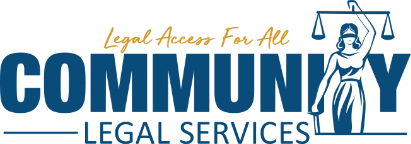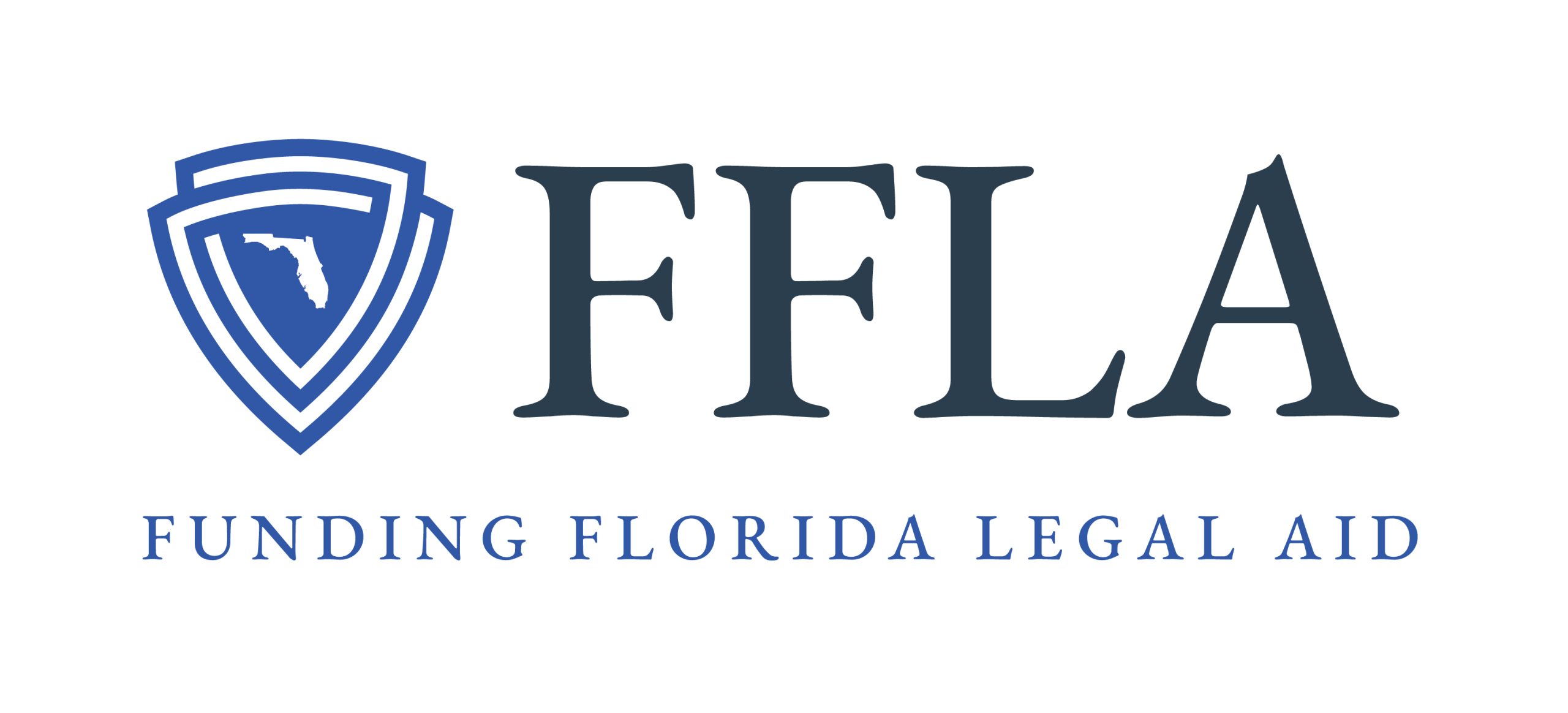Bankruptcy Court
Bankruptcy Court is part of the Federal Court system. This court deals specifically with the different types of bankruptcy. Most individuals file for bankruptcy under Chapter 7 and Chapter 13 bankruptcy.
Chapter 7 bankruptcy is for individuals who have financial difficulty that makes it difficult or impossible to pay their debts and who are willing to use their nonexempt property to pay their creditors. Nonexempt property is property that you own that isn’t protected in bankruptcy and will be sold for the benefit of the people you owe (your creditors and lenders.) The primary purpose of filing under Chapter 7 is to have your debts discharged, which is like erasing them. The bankruptcy discharge relieves you after bankruptcy from having to pay many of your pre-bankruptcy debts. Certain debts and liens on property cannot be erased through bankruptcy and so you may still owe them after discharge. For example, a creditor may have the right to foreclose a home mortgage or repossess an automobile.
Chapter 13 bankruptcy is for individuals who have regular income and would like to pay all or part of their debts in installments over a period of time and to discharge some debts that are not paid. You are eligible for chapter 13 bankruptcy only if your debts are not more than certain dollar amounts set forth in 11 U.S.C. § 109. Under chapter 13, you must file with the court a plan to repay your creditors all or part of the money that you owe them, usually using your future earnings. If the court approves your plan, the court will allow you to repay your debts, as adjusted by the plan, within 3 years or 5 years, depending on your income and other factors. After you make all the payments under your plan, many of your debts are discharged.
For more information about Bankruptcy options, visit the CLSMF Bankruptcy page.
WHAT ARE YOUR RIGHTS?
Even if you file bankruptcy and you receive a discharge, some debts cannot be erased under the law. You may still be responsible for paying:
- Most taxes;
- Most student loans;
- Domestic support (also called alimony) and property settlement obligations;
- Most fines, penalties, forfeitures, and criminal restitution obligations;
- Certain debts that are not listed in your bankruptcy papers.
You may also be required to pay debts arising from crimes such as:
- Fraud or theft;
- Fraud or defalcation while acting in breach of fiduciary capacity;
- Intentional injuries that you inflicted;
- Death or personal injury caused by operating a motor vehicle, vessel, or aircraft while intoxicated from alcohol or drugs.
If your debts are primarily consumer debts, the court can deny, or dismiss, your chapter 7 case if it finds that you have enough income to repay creditors a certain amount. You must file Chapter 7 Statement of Your Current Monthly Income (Official Form 122A–1) if you are an individual filing for bankruptcy under chapter 7. This form will determine your current monthly income and compare whether your income is more than the median income that applies in your state.
If your income is not above the median for your income is more than the median income for your state of residence and family size, depending on the results of the Means Test, the U.S. trustee, bankruptcy administrator, or creditors can file a motion to dismiss your case under § 707(b) of the Bankruptcy Code. If a motion is filed, the court will decide if your case should be dismissed. To avoid dismissal, you may choose to proceed under another chapter of the Bankruptcy Code.
Visit the CLSMF Bankruptcy page for additional information about your options.
WHAT DO YOU NEED TO DO?
A credit counseling course is required for both Chapter 7 and Chapter 13. Click here to view a list of approved credit counseling agencies in Florida.
The main document is a Petition for Bankruptcy. There will be several other documents and schedules needed depending on what Chapter you file and what assets you have.
Click here to find and download bankruptcy filing forms.
Some of the Petition that you file in Bankruptcy court may include the following documents:
- Summary of Assets & Liabilities and Certain Statistical Information (B106Sum);
- Schedule A/B – Property (B106A/B);
- Schedule C – The Property You Claim as Exempt (B106C);
- Schedule D – Creditors Who Hold Claims Secured By Property (B106D);
- Schedule E/F – Creditors Who Have Unsecured Claims (B106E/F);
- Schedule G – Executory Contracts and Unexpired Leases (B106G);
- Schedule H – Your Codebtors (B106H);
- Schedule I – Your Income (B106I);
- Schedule J – You Expenses (B106J);
- Declaration About An Individual Debtor’s Schedules (B106-Declaration);
- Your Statement of Financial Affairs (B107);
- Statement of Intention for Individuals Filing Under Chapter 7 (B108);
- Statement of Current Monthly Income and Means Test Calculation (B122A for Ch. 7; B122C for Ch. 13);
- Means Test Exemption Attachment (B-22A-1Supp for Ch. 7);
- Means Test Calculation (B122A-2 for Ch. 7);
- Mailing matrix, on paper, Complete Names and Addresses only;
- Your Statement About Your Social Security Numbers (B121)
In both Chapter 7 and Chapter 13 bankruptcy, you, as the “Debtor”, are required to attend a meeting of creditors, also called the 341 hearing. Creditors are the companies or people to whom you owe money. The meeting of creditors is not a court hearing. Instead, it is run by your bankruptcy trustee and usually held in a meeting room.
The court will set the meeting of creditors between 21 and 40 days after your bankruptcy filing date. It will take place in a meeting room at a federal building or at an offsite location. Other bankruptcy filers will appear at the same meeting time, so you’ll want to check the court docket to see where your case falls on the schedule.
The bankruptcy trustee is responsible for more than conducting the 341 meeting of creditors. For instance, the trustee must: review your bankruptcy paperwork for accuracy; verify your identity; investigate potential bankruptcy fraud; evaluate whether to convert your case to a Chapter 13 bankruptcy (if you filed a Chapter 7); and sell nonexempt property (property you’re not entitled to keep) for creditors (if you filed a Chapter 7).
After the bankruptcy is filed, but before a discharge is received, the debtor (and Joint Debtor) must complete a Personal Financial Management Instructional Course, and promptly file their Certificate(s) of Completion of Debtor Education course with the Bankruptcy Court. A certificate is awarded at the completion of the course by the agency that administered the course. Certificate(s) of Completion of Debtor Education course is required to obtain a discharge. Click here for a list of court approved Debtor Education agencies in Florida.
WHAT TO CONSIDER BEFORE TAKING ACTION.
The county you live in determines the Court division where you should file your petition. Decide if you want an attorney to represent you or if you want to file yourself, “pro se.”
Tampa, Orlando and Jacksonville divisions have staffed Clerks offices. Ft Myers does not. All documents for Ft Myers should be filed in the Tampa Division.
Like most court filings, you will need to pay a filing fee when you file the petition. You may have to pay other fees or costs throughout the court process. Click here for a list of fees.

 Home
Home








